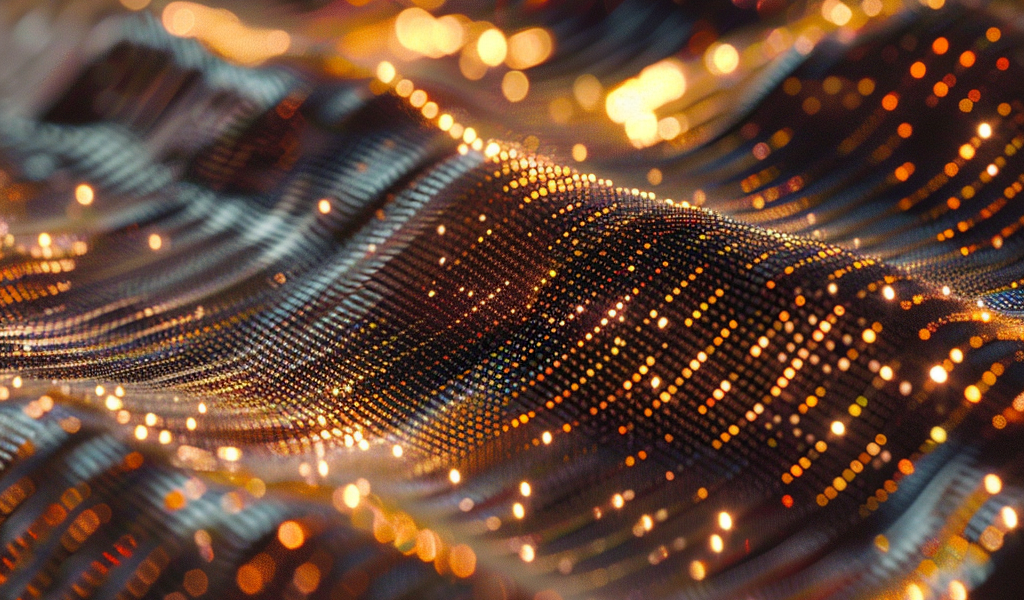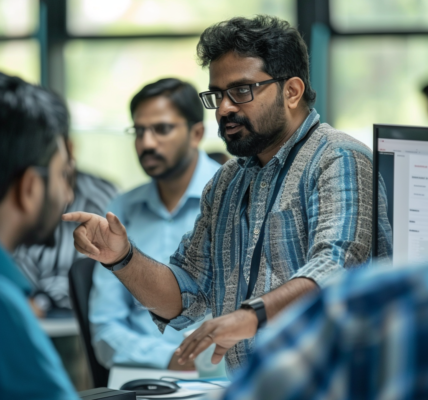MIT Engineers Develop Groundbreaking Computer Vision Method for Characterizing Electronic Materials
In the latest advancements in the field of electronic materials, a groundbreaking computer vision method has been developed by engineers at the Massachusetts Institute of Technology (MIT). This innovative technique allows for the rapid characterization of electronic material properties, significantly outpacing traditional approaches.
The quest for enhanced performance in solar cells, transistors, LEDs, and batteries hinges on the discovery of superior electronic materials with novel compositions. To expedite this process, scientists have turned to artificial intelligence (AI) tools to sift through vast chemical formulations and pinpoint promising materials. Concurrently, engineers have designed machines capable of printing multiple material samples simultaneously, guided by AI-generated chemical composition data.
However, a critical bottleneck has persisted in the evaluation process—verifying that the printed materials exhibit the anticipated performance characteristics. This crucial step has impeded the seamless screening of advanced materials.
The new computer vision technique devised by MIT engineers revolutionizes the characterization of freshly synthesized electronic materials. By automatically analyzing images of printed semiconducting samples, the method swiftly assesses two essential electronic properties for each sample: band gap, which gauges electron activation energy, and stability, a measure of longevity.
Compared to conventional methods, this cutting-edge technique accelerates the characterization of electronic materials by an impressive 85 times.
The researchers behind this breakthrough aim to leverage the technology to expedite the exploration of promising materials for solar cell applications. Furthermore, they envision integrating the technique into a fully automated system for materials screening.
MIT graduate student Eunice Aissi envisions a future where this technique is seamlessly incorporated into an autonomous laboratory setting. She envisions a system where a computer can tackle materials challenges, predict potential compounds, and continuously produce and evaluate those materials around the clock until the optimal solution is reached.
According to MIT graduate student Alexander (Aleks) Siemenn, the applications of these techniques are diverse, spanning from enhancing solar energy technologies to transparent electronics and transistors. The potential benefits of semiconductor materials for society are vast and varied.
The details of this groundbreaking technique are outlined in a study published in Nature Communications by MIT researchers Eunice Aissi, Alexander (Aleks) Siemenn, Fang Sheng, Basita Das, and Professor Tonio Buonassisi, alongside former visiting professor Hamide Kavak from Cukurova University and visiting postdoc Armi Tiihonen from Aalto University.





